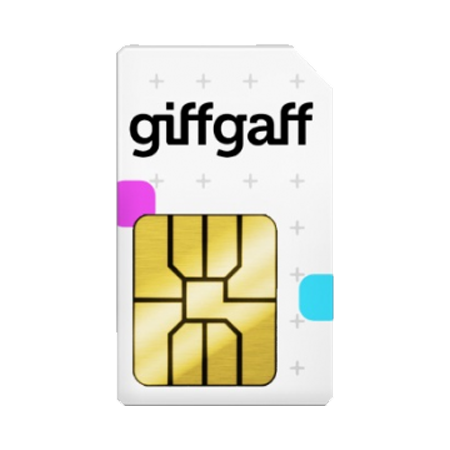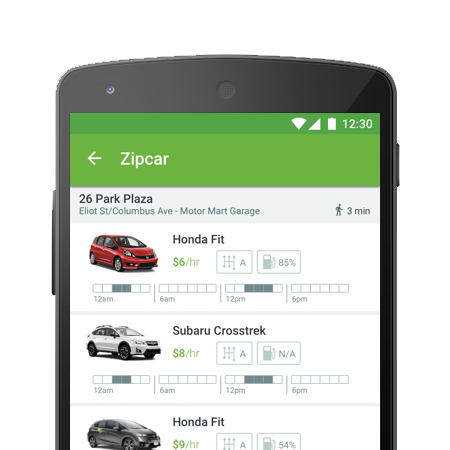What does the future of marketing have in store?
Marketing is changing; social media controls your audience, consumers distrust your brand and GDPR has caused the majority of your customers to switch off (or, as some may say, wake up). The pessimistic view is to throw in the towel and give up. The optimistic view is to think differently, in a way that reimagines the rules of customer engagement.
Let’s start with Customer Relationship Management (CRM), a solution that was initially designed to help marketers build customer relationships but ended up being nothing more than a glorified customer database. However, times have changed and CRM now gives us the ability to integrate, segment and interact with our customers – so why then are we still unable to build long lasting relationships? I believe the answer lies in part of the name – Management. In this day and age do customers really want to be ‘managed’? I for one would argue no. I propose we stop trying to manage customers and start empowering them.
Customer Relationship Empowerment

”While the arrival of today’s empowered customer certainly presents a threat to companies unwilling to redefine their relationship with their customers, it also presents an unprecedented opportunity to engage our customers to help us build better products, provide better services, and deliver better business results.
Scott MillerCEO at Vision Critical
It’s clear that empowering customers can lead to better results and deeper relationships but what does this mean in practical terms? How can we empower our customers?
There are many ways you can empower customers but here are 4 areas to focus on…
1. Innovation
Customers want to be included in the inception, design and transformation of your products and services. These customers are a rich source of insight, they want to be listened to and have their opinions taken on board.
Crowd-sourced innovation produces 65% more actionable ideas than traditional methods. It also improves the time it takes to get a new product to market, improves quality and reduces false starts.
Here are some ideas to help you get started:
Create a customer collaboration forum
Run competitions to find the best customer ideas
Validate your new product ideas with your customers

Case Study: Vitamin Water
VitaminWater created a Facebook App to crowdsource ideas from its fans and find their new flavour. As a result, a new flavour ‘connect’ was created, launched and became a ‘best-seller’.
- 10,000+ participants downloaded the app and took part in the programme
- Over 200,000 consumers were reached through social media amplification
- Positive brand mentions significantly rose during the campaign, enhancing brand reputation
This is just one example of how a company has successfully managed to engage their customers and deliver results that have positively affected the bottom line. Our advice is to start simple, work with a small, trusted group of customers on one area of innovation – over time you can build this into a programme that interacts with all customers and all areas of innovation.
2. Customer Service
Customer service may not be the first thing you think of when it comes to customer empowerment but it can be a great way of delivering customer support, in fact, customers trust other customers 3x more than service agents! This approach also significantly reduces cost to serve, allowing you to invest in automation and self serve tools.
”Ask your customers to be part of the solution, and don't view them as part of the problem.
Alan WeissProfessor of Strategy and Consulting at the University of Rhode Island
So where do you start? Here are a few ideas to get you going:
Build a online community where customers can help other customers
Encourage customers to help fix problems
Include customers in your customer journey mapping so they can suggest improvements

Case Study: GiffGaff
Instead of opting for traditional approach to customer service, GiffGaff decided to empower their members to deliver service for them. In return, members were rewarded with credit. This resulted in:
- A 50% reduction in customer service costs
- A Net Promoter Score of 75+ (well above industry standards)
- 67% Customer retention – much better than other mobile network providers
GiffGaff may be at the forefront of this customer service revolution but you too can adopt this new way of offering support and assistance with your customers. Start by identifying your most knowledgeable customers and incentivise them to act as customer support agents, for instance every time they help a customer on social media they get rewarded with a discount off their next purchase.
3. Word of Mouth Advocacy
This is arguably where the ‘future of marketing’ comes alive; where customers act as brand ambassadors – influential voices that help capture, engage and nurture consumers. These advocates become extremely important when you consider 90% of consumers trust recommendations from their friends, family and even strangers. Word-of-Mouth Marketing has also been shown to increase marketing effectiveness by as much as 54%.
”A brand is no longer what we tell consumers it is, it is what consumers tell each other it is.
Scott CookFounder of Intuit
Word of Mouth has always existed but the difference is now brands are not just relying on it happening organically, instead they are carefully managing it, ensuring that not only does it happen at every opportunity but it also links to an increase in revenue. So how do you do this? Here are some tips and tricks…
Identify and onboard customer advocates into a managed programme
Incentivise customers to spread positive word of mouth across your social media platforms
Incorporate customer testimonials into your product pages
Measure the results… Which customers have the most klout? Which customers are driving the most revenue?

Case Study: Zipcar
Zipcar incentivises their customers to share positive experiences with their friends and family. This approach helps them improve their online reputation and drive sales.
- During peak months 29% of referred consumers go on to buy
- Reduces cost of acquisition by 37%
- WhatsApp drives 15% of all new sales
Creating word of mouth advocates doesn’t need to be rocket science, start with a simple mechanism that allows customers to share testimonials with their audiences and encourage the use of a hashtag so you can track the results. Once you build up an understanding of what’s working you can then include a trackable link that drives consumers to your website and hopefully onto purchase one of your products.
4. Campaigns
The final area we’ll focus on is Campaigns, this is your opportunity to work with customers on a more strategic level, creating messages, content and propositions that resonate with your audiences. This also helps you build more affinity with your customers as recent research showed that 77% of people favour brands that collaborate with their customers. However, according to the same research only 37% of brands collaborate with their customers in order to develop ideas and strategy. This should be seen as your opportunity to do something differently and differentiate your company from that of your competitors.
”Co-creation can crush traditional marketing and advertising and generate not only meaningful interactions but also a boost in sales.
Albizu Garcia founder of GAIN
So what you can you do to take advantage and be in the small minority of organisations that embrace this strategy? Here are just some of the things you can consider:
Run workshops where customers are invited to help shape campaign ideas
Work with customers to create user-generated content
Identify influencers within your customer base and use them as a distribution channel

Case Study: Netflix
Netflix actively encourages and incentivises user-generated content to raise awareness of new programmes.
- Instagram engagement went up 72%
- 22% increase in online sentiment
- New programme engagement rose by 13%
Want to be the Netflix of your industry? Include customers in your marketing campaigns, ask for content ideas, empower them to create adverts, turn them into authentic brand ambassadors and encourage them to share valuable insights that can be used to transform your marketing strategy.
Empowering Consumers
Marketing has evolved into a multi-disciplined role that encompasses lots of different aspects of a company, including the ones we’ve discussed above. I also believe that the role of a marketer has fundamentally changed; I now believe we live in a world where a marketers’ role is to empower customers and facilitate conversations. Hopefully, you’ll be one of these new, forward-thinking marketers, who can help engage customers in a better way.
How We Can Help
Our solutions are designed to help you work with your customers when creating new and innovative products and services. We help you crowdsource ideas, capture opinions, test assumptions and understand what customers value most. Our team of experts will also be at hand to offer their knowledge, ensuring you engage with your customers in the most effective way.





